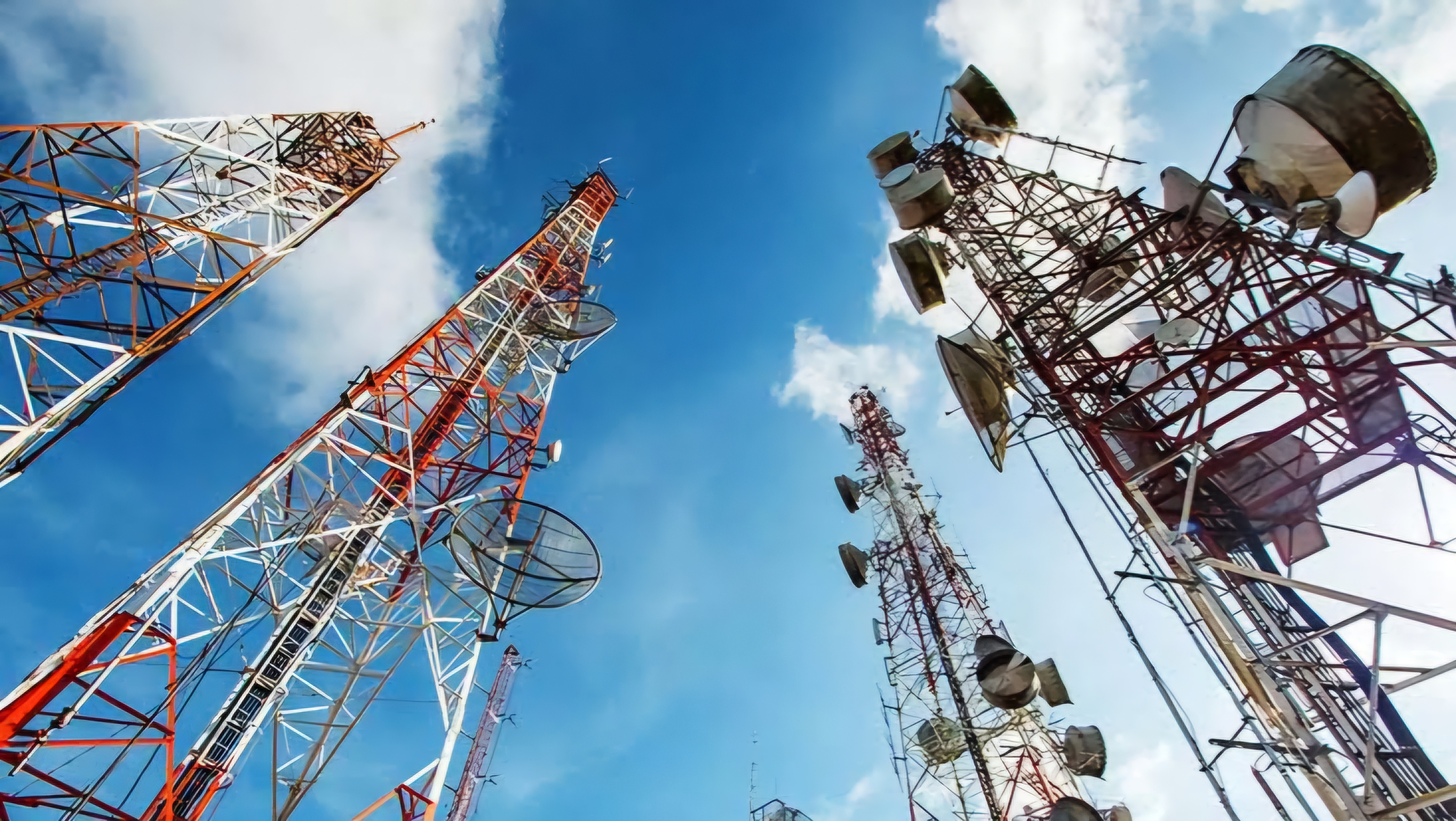


In a recent decision delivered on September 13, 2024, the Delhi High Court, presided over by Acting Chief Justice Manmohan and Justice Tushar Rao Gedela, dismissed a public interest litigation (PIL) challenging the installation of a Communication Ground-Based Monopole (GBM) near Sudhar Camp, Block-E, Kalkaji. The case, Aditya Singh vs Municipal Corporation of Delhi & Ors. (W.P.(C) 12822/2024), centered on concerns raised by local residents regarding the potential health hazards from the mobile tower’s radiation emissions.
Petitioner's Contentions
The applicant looked for the cancellation of the consent letter allowed by the Metropolitan Organization of Delhi (MCD) on April 24, 2024, permitting the establishment of the GBM. Their essential concern was the unfavorable affect on open wellbeing due to drawn out presentation to electromagnetic radiation, which they claimed seem lead to cancer, sadness, joint torments, and other wellbeing issues. They moreover contended that the establishment location was near to touchy ranges, counting schools, clinics, sanctuaries, and a senior citizen club, which negated the rules laid out within the consent letter.
Respondents’ Stand
The MCD, through its counsel, defended the decision to grant permission for the installation, arguing that a similar writ petition filed by the Welfare Association of E-Block had already been dismissed by a single judge on July 30, 2024. Furthermore, another writ petition by the infrastructure provider, Nettel Infrastructure Pvt. Ltd., had been allowed, and police assistance had been granted for the installation.
Court’s Findings
The petitioner's claim was dismissed by the court, which emphasized that the matter had previously been decided by earlier court judgments. Referencing the 2016 ruling in Kapil Choudhary & Anr. v. Union of India (2016 SCC Online Del 2558), the court stated that there was insufficient scientific evidence to substantiate the assertion that radiation from mobile towers presents serious health hazards to the general public.
Regarding the petitioner's reliance on the authorization letter's Clauses 19 and 20, the court noted that the pertinent clauses were designed to guarantee public safety and compliance with legal requirements. Clause 19 included obtaining licenses from different regulatory agencies, and Clause 20 stipulated that GBMs should not impede public transportation and should ideally be located away from sensitive regions.
Conclusion
Rejecting the request, the court concluded that the petitioner's concerns needed justify, especially given that past court decisions had as of now maintained the legitimateness of the GBM establishment. The judgment underscores the court's respect to administrative rules and the need of conclusive prove with respect to the wellbeing dangers related with versatile towers.
This choice repeats the Delhi Tall Court's position that, unless there's clear logical prove to the opposite, versatile towers and their outflows are not considered a open wellbeing chance beneath existing laws and controls.
Click Here to: Download/View Related File
TAGS: mobile tower Delhi High Court health hazards electromagnetic radiation public interest litigation Communication Ground-Based Monopole Kalkaji